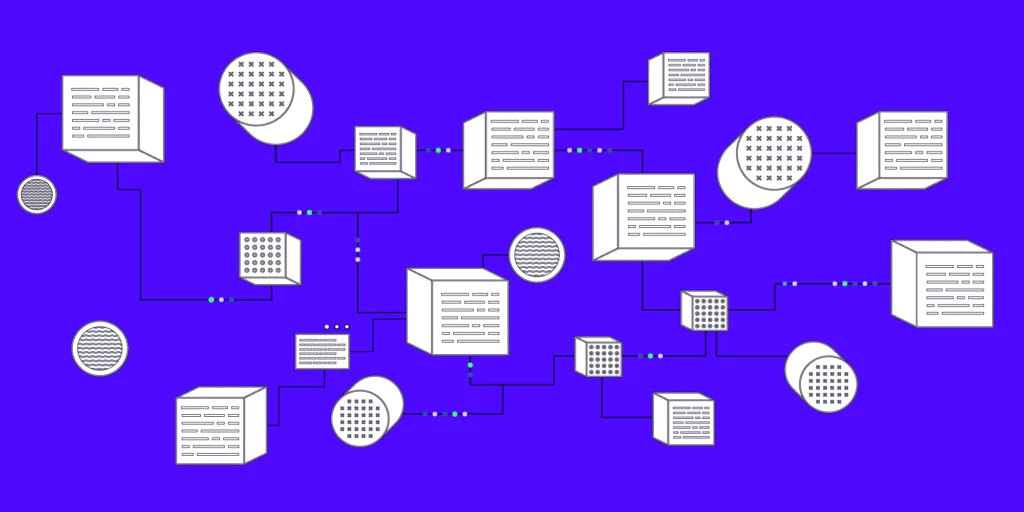Internal communication is a challenging sport. As much of the communication is written, the risks of misunderstandings also increase. Internal communication and transparency are to some extent each other’s best friends, but transparency can also be influenced through different processes and operating methods.
Identio has grown quite rapidly over the past couple of years. Transparency has been a central theme that we have actively paid attention to and strived to develop. The work in this area will probably never be over and there will always be things to improve upon. The ability to examine one’s own activities critically and the willingness to develop will certainly take us a long way.
Let me now outline five ways in which we have tried to build a more transparent workplace.
1
Company financial information available to everyone
We have a spreadsheet, that covers our whole history, from which anyone from Identio can check the company’s financial information on a monthly and annual basis. The spreadsheet covers, among other things, income and expenses itemised, the balance and the status of the bank account. In addition, revenue and expenditure form a chart that makes it easy to monitor their relationship.
The transparency of economic figures provides an opportunity to monitor the development of the economic situation, and the figures are also helpful in supporting decision-making in various areas of business. It is also easy to monitor the economic situation through a summary that is sent out through internal channels on a monthly basis and covers the key numbers of the month in question.
2
Open communication, information sharing and Slack channels
Our internal communications have two particular cornerstones: transparent communication through Slack and a weekly ‘Information Sharing’ meeting to share information, news and current issues as well as past and future events.
Our general practice is that all conversations in Slack take place on public channels. It creates transparency and gives everyone the opportunity to follow the discussions according to their own interests. On the other hand, the weekly Information Sharing brings together the most important news from different areas of business. These include people and culture, sales, recruitment and marketing. The meeting is open to everyone and notes on its content are compiled for the entire team to read.
3
Extensive intranet and free access to documents
Unclear and difficult-to-use intranet seems to be a common blight. Together, we have built an internal data bank in Notion and a large part of Identio’s staff has participated in creating content for it. Sometimes even I am amazed by how well I find what I need there! The contents of Notion are continuously updated when shortcomings or new needs arise.
Any documents found on Drive can also be viewed by everyone in open folders. However, the aim is to centralise the files in one place.
4
Career development discussions with colleagues and open salary spreadsheet
How to promote transparency with salaries and make pay more equal? Salary discussions often seem challenging, and we have wanted to lower the threshold for discussing salaries. Of course, the use of our open salary spreadsheet is voluntary, but most people at Identio have recorded their salaries and wage developments for their colleagues to see.
We also launched a new development discussion model in which decisions of salaries are not only the responsibility of one person, but discussions are conducted with colleagues who change every six months. This way, we learn to understand each other’s work better and increase transparency. The model has only been tested once, in spring 2022, so we will certainly implement developments of the model several more times. However, we got a good idea of how such a model works and how things should be improved.
5
Decision-making model
In 2021, our team began to wonder how decisions are made in Identio. Who decides and on what? On what basis and why? We had not defined ‘rules’ or policies on how decisions were made, and the thought processes that led to certain decisions had not been sufficiently transparent.
In a growing company, such challenges are normal. We took action and carried out background work on various aspects of corporate culture. This resulted in Identio’s decision-making model, which has been in use for some time now. The model includes the idea that anyone can make decisions after asking for advice from people affected by the decision and people with competence in the area of the decision in question. Despite this process, there are still holes in our decision-making model and questions related to the extent to which it should be utilised. However, as mentioned, together we can grow and develop continuously.
Outward transparency is also important to us. That is why I wanted to explain our internal measures here in the blog. We will continue to work for a more transparent corporate culture.
Would you be interested in being involved in building our company and culture? At Identio, everyone has the opportunity to do so. Find out why Identio is 100% owned by its employees or browse our open positions.





